Implementing API policies
Azure API Management

Fiodar Sazanavets
Senior Software Engineer at Microsoft
Introduction to API policies

- Like a bouncer: check who gets in
- Like speed-limit signs: control traffic flow
- Protect APIs by blocking troublemakers
- Throttle requests so no one overwhelms the system
- Everything in/out of API Gateway is controlled by policies
API Management policies overview
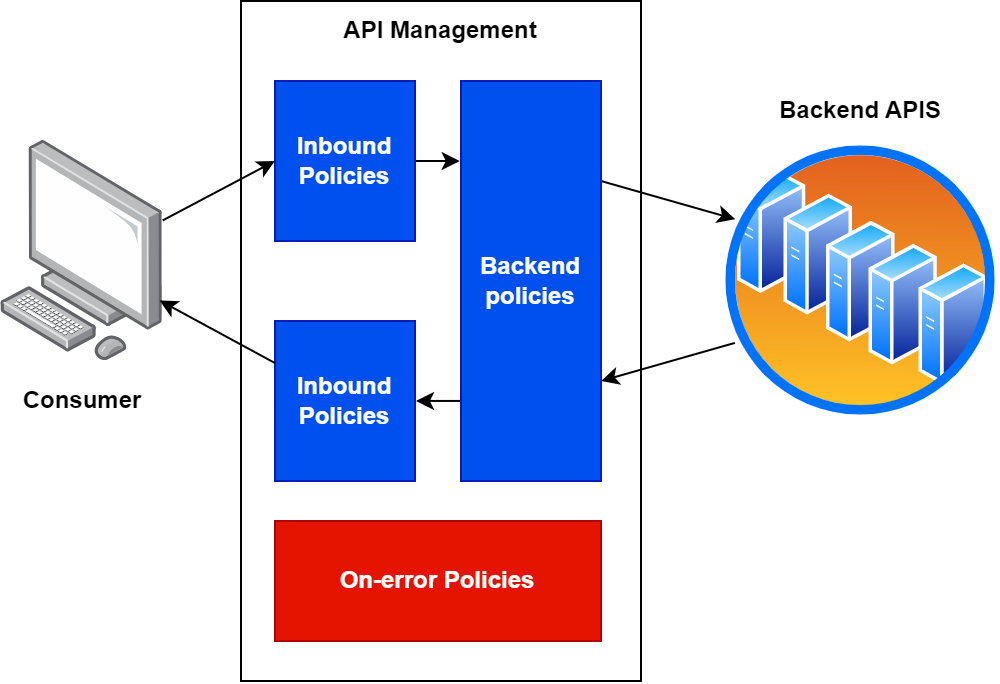
- Policies are a set of powerful rules written in simple XML
- Think of them as a request-and-response pipeline
- You can insert rules at different stages to shape traffic
- The best part: no need to touch your backend code
Example: backward compatibility
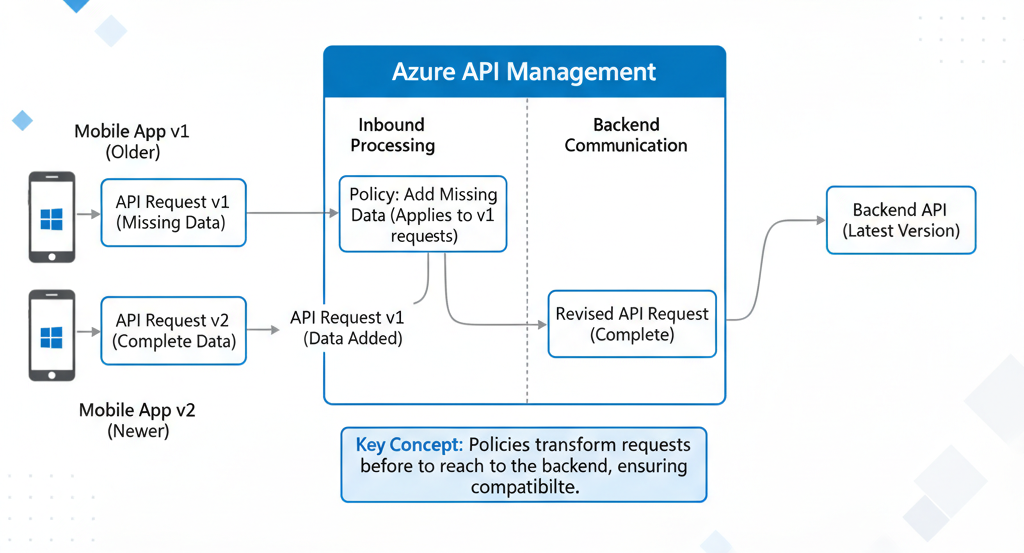
Policy scopes
- Policies can be global and organization-wide
- These rules control all APIs
- Can be applied to individual APIs
- Allow us to manage a specific product
- Can be applied to individual endpoints
- Used for fine-grained control
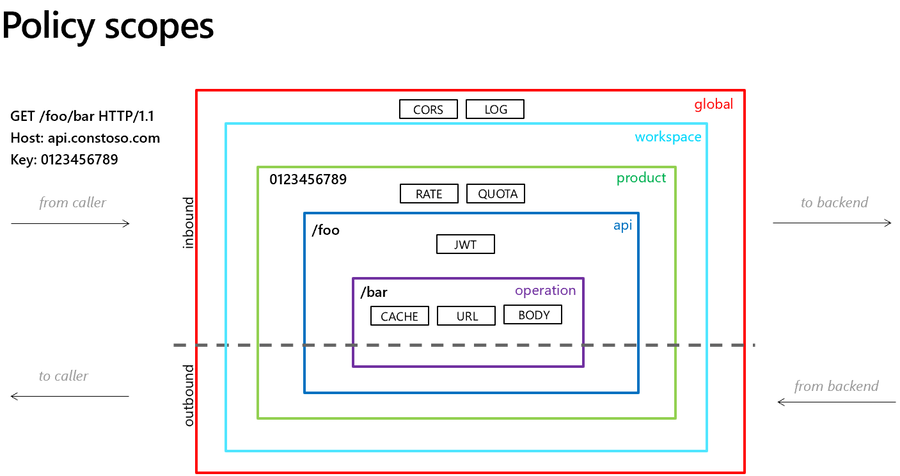
Inbound policies
- When a request arrives, APIM evaluates inbound policies first
- Example: Make old app versions compatible with new APIs by augmenting payload data
- Inbound policies can guard against malicious attempts
- They detect malformed requests or missing data
- This early guardrail prevents bad data from reaching services
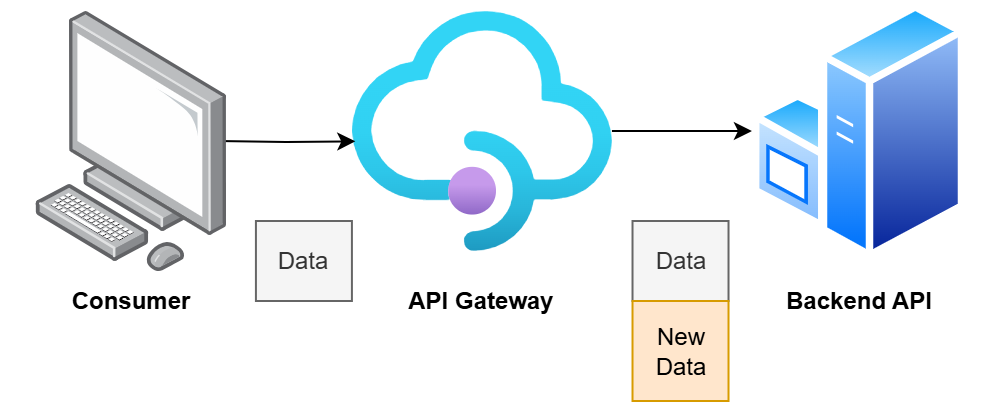
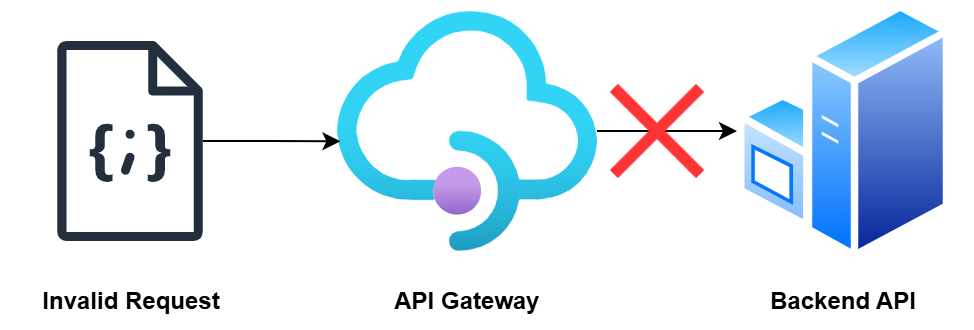
Security and throttling
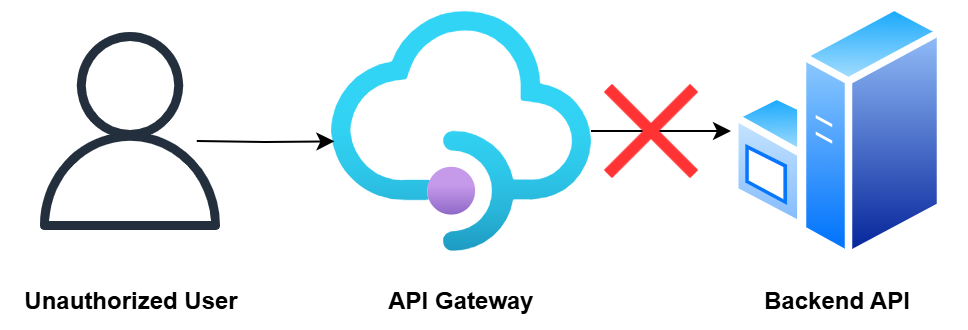
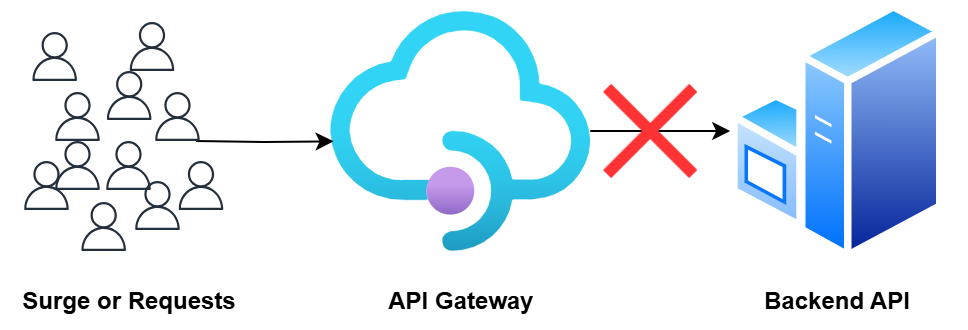
- These throttle excessive clients, ensuring fair usage and backend protection
- Inbound policies are also responsible for security
- A common policy: validate a JWT (JSON Web Token)
- Think of a JWT as a digital ID card sent by the client
- The validate-jwt policy checks if it's legitimate, unexpired, and from a trusted issuer (e.g., Entra ID)
- For stronger control: rate-limiting and quota policies
Outbound policies
- After backend processing, outbound policies adjust responses before returning
- Think of it like a restaurant order: request -> kitchen (backend) -> plating station (outbound policies)
- Outbound policies can:
- Remove unwanted parts (e.g., sensitive headers)
- Add instructions (e.g., caching directives)
- Change format (e.g., convert XML to JSON)
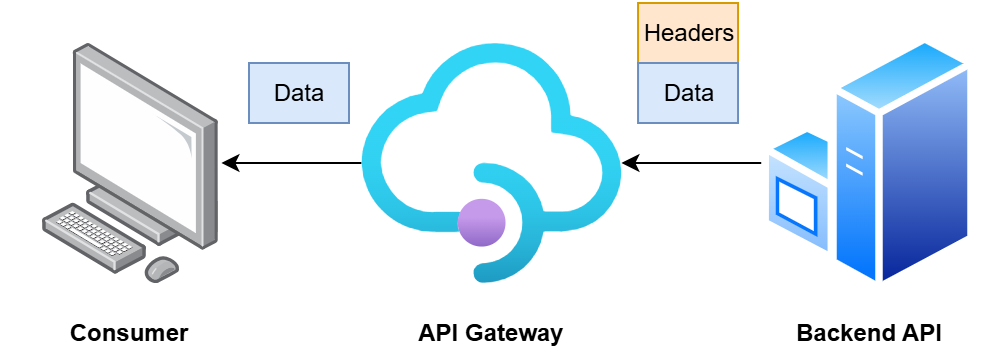
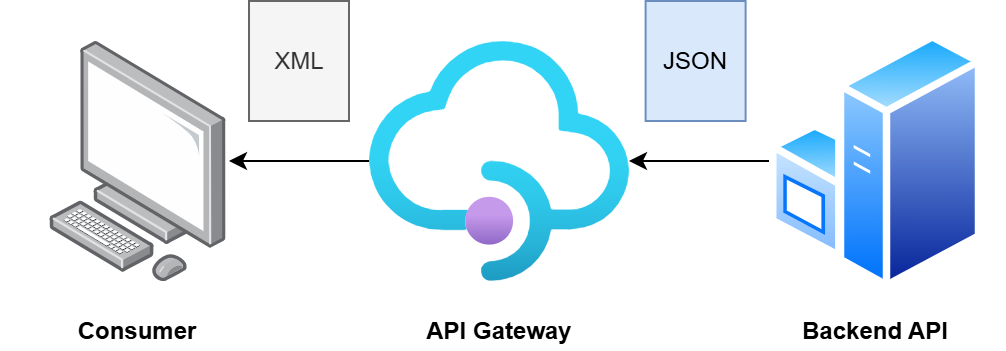
- Responses meet client expectations, regardless of backend preparation
Let's practice!
Azure API Management

